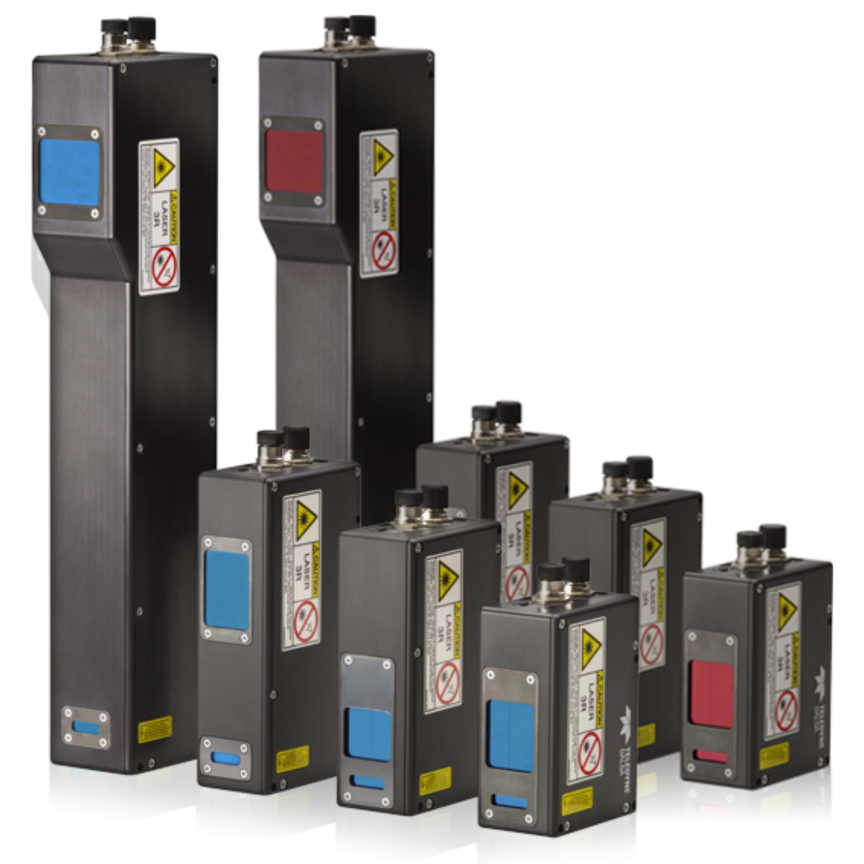Santa Barbara Infrared, Inc, a leading manufacturer of advanced infrared (IR) and electro-optical (E-O) test hardware for medical, aerospace, and defense applications, introduces the Nightingale Body Temperature Reference (BTR) Blackbody System for human body temperature detection.
The innovative blackbody system provides a highly-stable, uniform, low-cost and easy-to-operate thermal source for the detection of human body temperatures. Specially designed for use in thermal imaging body-temperature screening systems, SBIR has developed this system to work utilizing a convenient, viewable, thermal reference area for infrared camera systems.
Nightingale features include a “set and forget” temperature-programming function that is configurable to Celsius or Fahrenheit, with settable temperature ranges, above ambient, from 30 °C to 45 °C (86 °F to 113 °F). SBIR’s thermal source/blackbody system has a 3” x 3” emitting aperture, a USB communication interface, and average emissivity of >0.950 mid-wave infrared (MWIR) through long-wave infrared (LWIR). Other features include temperature accuracy of ±0.15 °C (±0.3 °F), temperature stability of ±0.05 °C (±0.1 °F), and uniformity of ±0.15 °C (±0.3 °F) over central 1.5” x 1.5” region of interest.
SBIR president Steve McHugh, notes, “We are excited to announce the development of these new thermal sources for use in human fever detection systems to help fight the spread of COVID-19. By leveraging our core technology of military and scientific blackbody sources, our team has worked tirelessly to create a low-cost, thermal reference that can be produced quickly in high volumes.”

